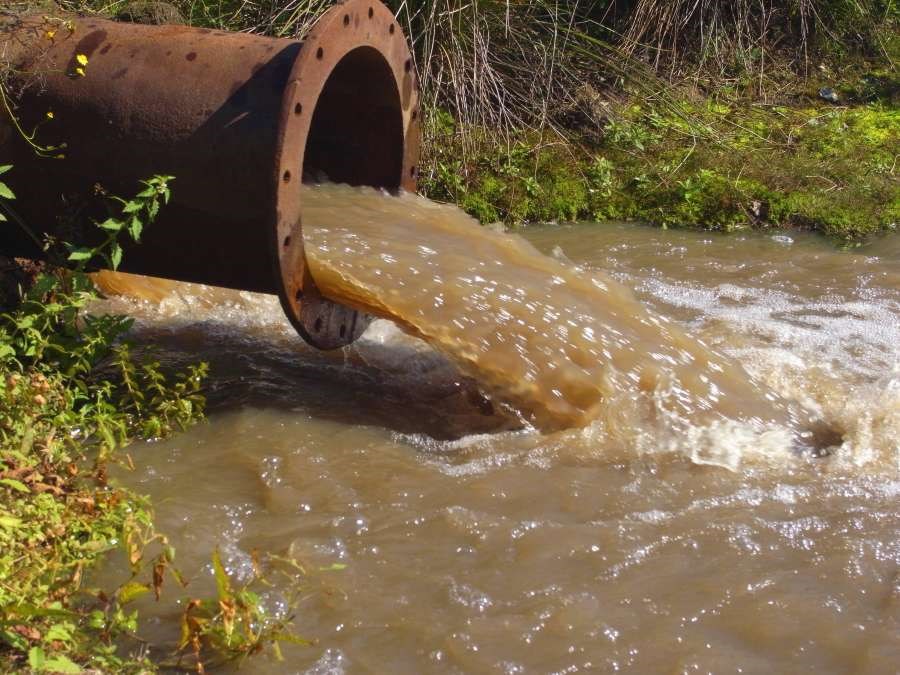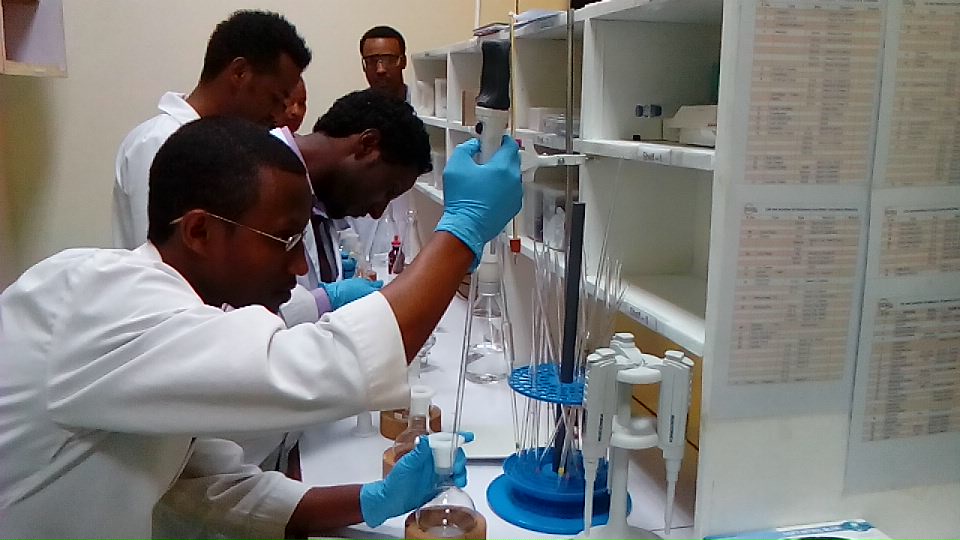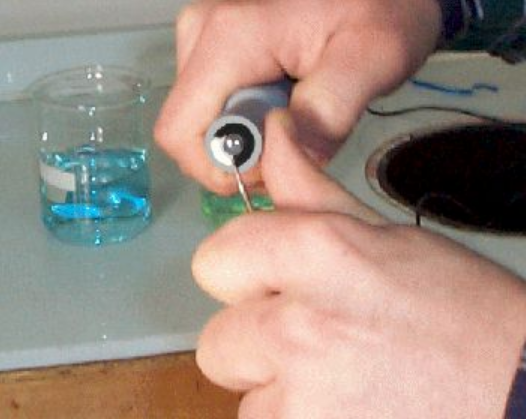In daily water quality testing, if you want to know the quantification of water pollution by organic matter, it is a more effective method to determine the ammonia nitrogen content in the water. At the same time, the self-purification status of the water body can be clearly understood through the content of ammonia nitrogen. Ammonia nitrogen in water is the most harmful form of various types of nitrogen, mainly in the form of free ammonia or ammonium salt. At the same time, it is also the main oxygen-consuming pollutant in the water body. It can oxidize and decompose and consume the dissolved oxygen in the water, causing the algae to proliferate, making the water body eutrophication and black and smelly.

Pretreatment method of water sample for ammonia nitrogen detection
When using a water quality detector to determine ammonia nitrogen, if the water sample is interfered by metal ions, you can add an appropriate amount of masking agent potassium sodium tartrate to form complexes with calcium and magnesium in the water, and avoid calcium and magnesium precipitation when adding Na's reagent to cause turbidity phenomenon.
If the water sample has different color or turbidity, it will affect the determination of ammonia nitrogen. For this reason, the water sample must be properly pretreated before the measurement.
(1) Flocculation sedimentation method
It is suitable for cleaner water. For this type of water, you can add a proper amount of zinc sulfate to the water, and add sodium hydroxide to make it alkaline to form zinc hydroxide precipitation, which is filtered to remove color and turbidity.
Method: Add a proper amount of zinc sulfate to the water sample, and add sodium hydroxide solution to make it alkaline to form a zinc hydroxide precipitate. The color and turbidity are removed by filtration.
Step: Take 100mL of water sample in a volumetric flask, add 1mL of 10% zinc sulfate solution and 0.1~0.2mL of 25% sodium hydroxide solution, mix well, place to precipitate, and use medium-speed filter paper washed with ammonia-free pure water Filter, discard the 20mL primary filtrate.
(2) Distillation method
It is suitable for severely polluted water or industrial wastewater. Phosphate buffer solution can be added to this type of water to increase the pH to 7.4. The ammonia distilled under this alkaline condition is absorbed by the boric acid solution.

Preparation of Nessler's reagent
1. The reagent water should be pure water without ammonia
2. Nessler's reagent
Weigh 16 g of sodium hydroxide, dissolve in 50 mL of pure water, and fully cool to room temperature. Separately weigh 7g potassium iodide and 10g mercury iodide to dissolve in pure water, stir this solution and slowly pour it into sodium hydroxide solution, dilute to 100mL with pure water, store in a polyethylene bottle, tightly stoppered for storage.
3. Potassium and sodium tartrate solution
Weigh 50g of potassium sodium tartrate and dissolve it in 100mL of water, heat and boil to remove ammonia, then cool and dilute to 100mL.
4. Ammonium standard stock solution
Weigh 3.8190g of analytically pure ammonium chloride dried at 100 degrees Celsius, dissolve it in pure water, transfer it into a 1000mL volumetric flask, and dilute to the mark. This solution contains 1.00mg ammonia nitrogen per milliliter.
5. Ammonium standard solution
Draw 5.00mL ammonium standard stock solution in a 500mL volumetric flask and dilute to the mark with pure water. This solution contains 0.010mg ammonia nitrogen per milliliter.
Precautions when testing ammonia nitrogen
1. The reagent should be analytically pure, and the pure water should be pure water without ammonia
2. Mercury in Nessler's reagent is toxic, so be careful when you use it, and wash your skin promptly when you touch it.
3. The service life of Nessler's reagent is relatively short, and the storage period after preparation is usually only three weeks. As the precipitation increases, the color reaction is relatively large.
4. The color and turbidity of the water sample interfere with the determination, and corresponding pretreatment is required
5. This method can be applied to the determination of ammonia nitrogen in surface water, groundwater, industrial wastewater and domestic sewage.
Nessler's reagent spectrophotometric method for ammonia nitrogen detection steps
Drawing of working curve
1. Preparation of working solution: In 8 50ml colorimetric tubes, add 0.00, 0.50, 1.00, 2.00, 4.00, 6.00, 8.00 and 10.00ml ammonium standard solution to 50mL colorimetric tubes, and add pure water to the mark .
2. Color development: add 1.0m potassium sodium tartrate solution to the colorimetric tube and shake it well. Add 1.5mL Nessler's reagent and shake well. Let stand for 10 minutes.
3. Colorimetric measurement: At the wavelength of 420mm, use a 20mm optical path cuvette, and use pure water as a reference to read the absorbance.
4. Drawing of working curve: Draw a working curve of ammonia nitrogen content versus absorbance.
Water quality determination of ammonia nitrogen
1. Sampling: Take an appropriate amount (after flocculation precipitation pretreatment) water sample, add it to a 50mL colorimetric tube, and dilute to the mark.
2. Color development: add 1.0mL potassium sodium tartrate solution to the colorimetric tube. After mixing, add 1.5 mL of Nessler's reagent, and leave it for 10 minutes after mixing.
3. Colorimetric measurement: use a 20nm cuvette at a wavelength of 420nm and read the absorbance with pure water as a reference.
4. Record the absorbance of each working fluid and water sample, and obtain the parameters through the formula for calculating the ammonia nitrogen content.




